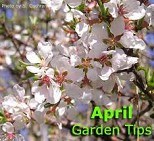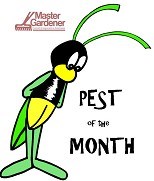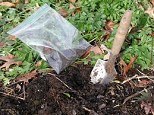Using Local Organic Amendments for Soil Health
Tuesday, March 25, 10 am to 3 pm
Spiritual Life Center, 575 Burton Rd., Greenwich
(in the Great Room, Chapel building, follow the signs)
Topics
- Understanding Soils and Soil Health
- Interpreting a soil test analysis
- Compost and paper fiber by-products used for soil amendments
- How to read an analysis of organic soil amendments
- Properly using organic soil amendments to build soil health
Speakers
- Aaron Gabriel, Cornell Cooperative Extension
- Jean Bonhotal, Cornell Waste Management Institute
Lunch is provided by our sponsors:
♦Casella Organics, Inc.
♦CTI-Agricycle
♦Environmental Soil Management Inc. of NY
♦Real Bark Mulch, LLC
Please RSVP by Thursday, March 20 through CCE Washington Co, 518-746-2560. Call Aaron Gabriel for details, 518-380-146, adg12@cornell.edu.






